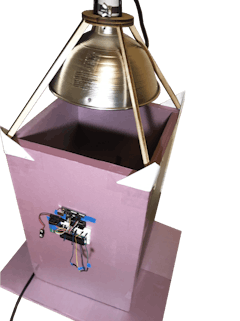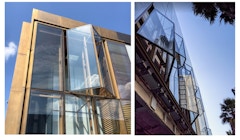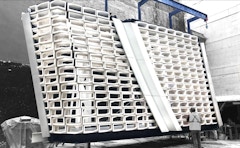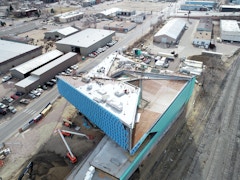
The Glass Failure Prediction Model
ASTM E 1300 Standard Practice for Determining Load Resistance (LR) of Glass in Buildings defines the load resistance of a glass construction as being

ASTM E 1300 Standard Practice for Determining Load Resistance (LR) of Glass in Buildings defines the load resistance of a glass construction as being

What was once an accepted reality in heat-treated exterior glass, optical disturbances in glass are under increasing scrutiny by developers,

The global increase in atmospheric temperature rise combined with the rapid growth of previously underdeveloped climate zones presents a growing need

Fidelity between the built enclosure and early visualizations is rarely, if ever, an accident. When achieved, it comes as the result of persistent



This case study focuses on the solutions provided for the Bell Museum at the University of Minnesota. Our design team worked with the client to


Apertures is a six-story, commercial building in the Roma Norte neighborhood of Mexico City–a neighborhood severely impacted by the 1985 and 2017

With net zero and carbon neutral mandates on the near horizon, New York City has pushed the green building envelope by leveraging incentive-based

With an ever-growing interest in mid- and high-rise mass timber construction, this paper highlights the insights and lessons learned across global


This paper will explore steel forming methods other than cold drawn or hot rolled processes, and how they allow steel to be utilized as the primary

We construct building enclosures to keep the elements out, but sometimes air and water infiltrate the building envelope, causing several problems for

The subject of this case study is the design and construction of a custom corrugated-geometry facade featuring pre-patinated copper and glass for an


Healthcare projects in northern California require specialized knowledge to navigate regulation, technological advancements, and project execution

Stainless steel has been successfully used in building envelopes since the completion of the Chrysler building in 1928. Today, it is used as both a

Connections, those transitions between systems and materials, are critically important when the surfaces are curved or complex. Well-designed

Heat transfer through building facades can occur by any combinations of conduction, convection, and/or radiation. Conductive heat transfer depends on